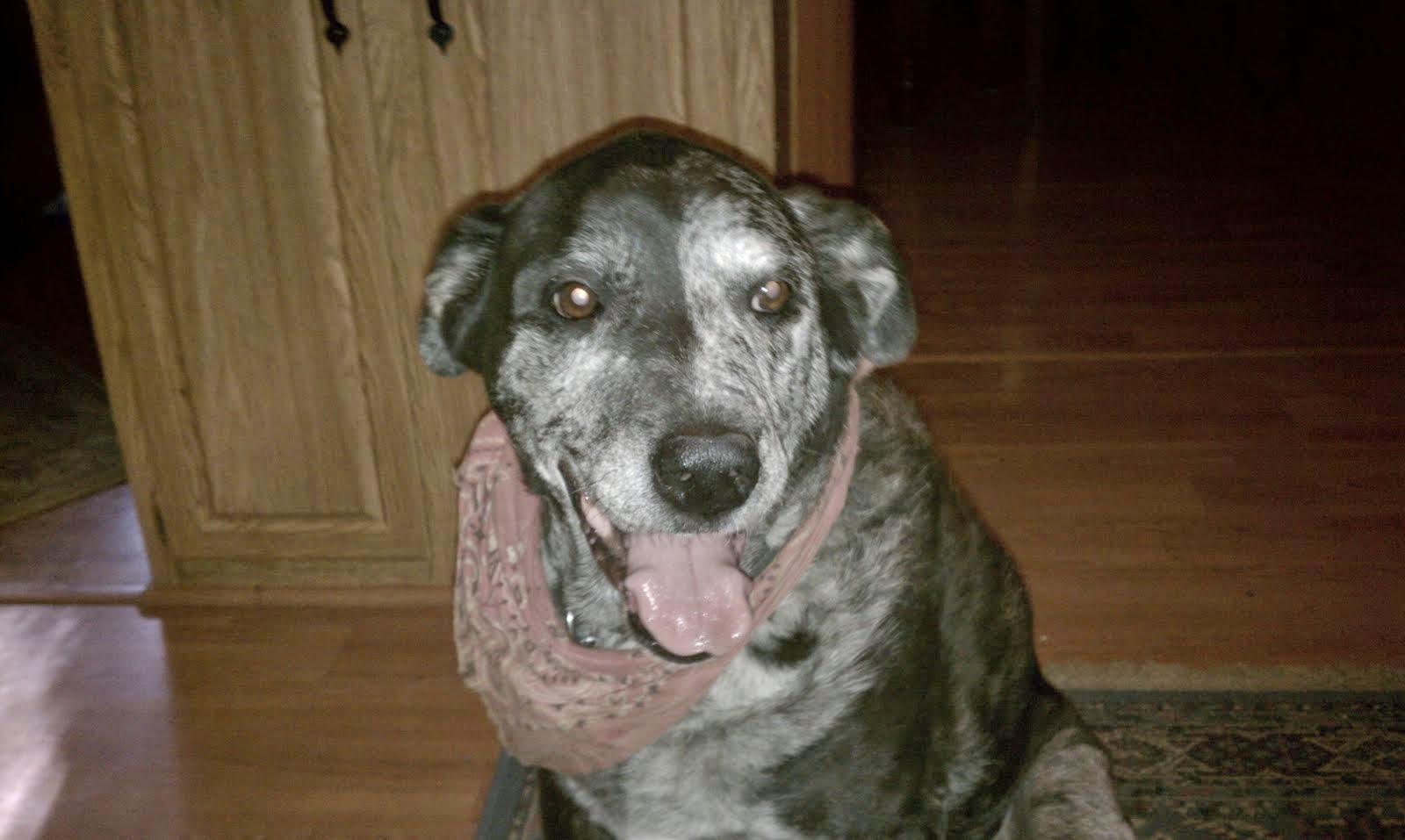What are the typical side effects of chemotherapy in dogs?
Compared to people who receive chemotherapy, pet animals experience fewer and less severe side effects because we use lower doses of drugs and do not combine as many drugs as in human medicine. The normal tissues that typically are most sensitive to chemotherapy are the intestinal lining, the bone marrow (which makes red and white blood cells), and hair follicles.
Toxic effects to the gastrointestinal tract are responsible for decreased appetite, vomiting, and diarrhea. These effects may be mild, moderate, or severe. In most cases, these signs are mild and usually resolve on their own or with oral medication given at home. Although infrequent, some dogs (and cats) may develop severe diarrhea requiring hospitalization and fluid therapy. In many cases, the gastrointestinal side effects from chemotherapy are not seen on the day of treatment. They often occur 3 to 5 days later.
Suppression of the bone marrow by chemotherapeutic drugs may cause a drop in the white blood cell count, leading to increased susceptibility to infection. The infection usually comes from the animal's own body (such as bacteria normally found in the intestines, mouth, skin, etc.). Severe infections may require hospitalization for intensive supportive care, including intravenous fluid and antibiotics. When a chemotherapeutic drug is used that is known to have a high potential for bone marrow suppression, a complete blood count (CBC) is checked several days after the treatment. If the white blood cell count is low but your pet is feeling well, antibiotics are prescribed as a preventative measure. Subsequent doses of chemotherapy are adjusted based on the results of the CBC. Anemia (low red blood cell count) is often a complication of cancer but is rarely caused by the chemotherapy drugs used in veterinary medicine.
Hair follicle cell in dogs (and cats) that are wire-haired or non-shedding may be particularly susceptible to chemotherapy. Certain breeds of dogs, such as terriers and poodles, will experience variable amounts of hair loss. Hair loss often is most evident on the face and tail. Whiskers and the long hairs over the eyes often fall out in cats. The hair will regrow once chemotherapy is stopped, but may initially have a modest change in color or texture.
